
BEQ_PD_Campylopus_introflexus.jpg from: https://www.beachexplorer.org/arten/campylopus-introflexus/steckbrief
Exploring the Fascinating World of Campylopus Moss
Introduction
Mosses are small but mighty plants that play crucial roles in ecosystems around the world. One particularly interesting species is Campylopus introflexus var. mauritianus Dixon, a moss in the Leucobryaceae family. Commonly known as Campylopus moss, this tiny plant packs a big punch. In this blog post, we’ll dive into the fascinating world of Campylopus moss and explore what makes it so special.
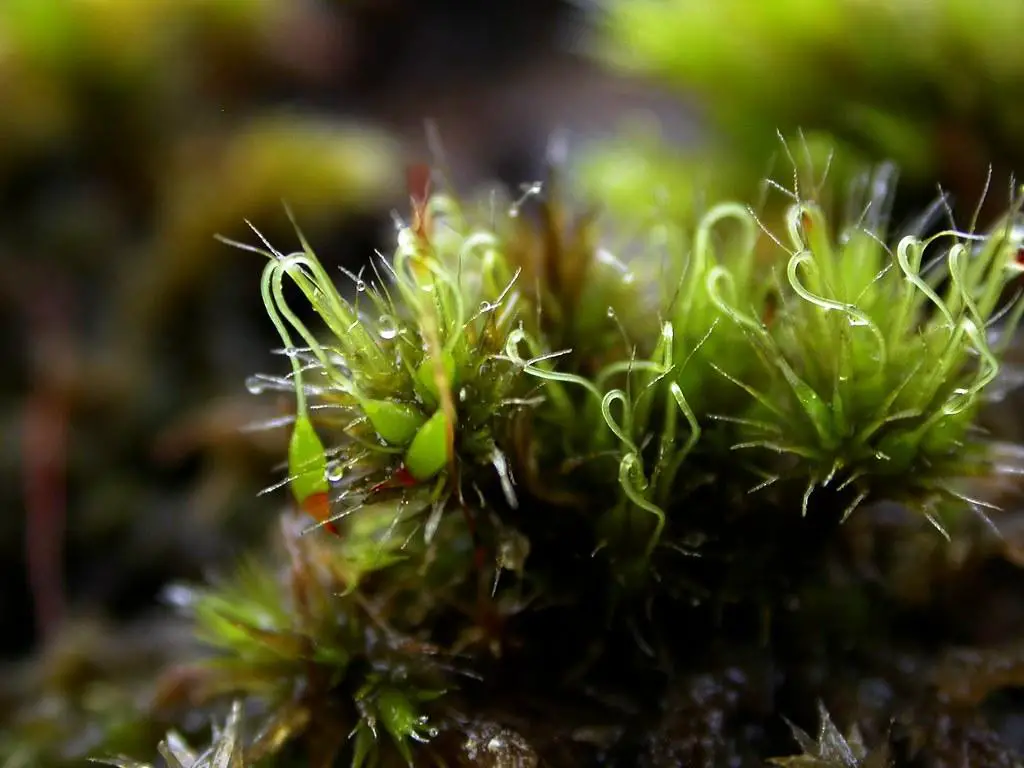
8496501428_d8d4b46335_b.jpg from: https://www.flickr.com/photos/41066614@N05/8496501428/
Background
Mosses are non-vascular plants in the division Bryophyta. There are over 12,000 moss species found on every continent. Mosses lack true roots, stems, and leaves. Instead they have rhizoids, a stem-like structure, and leaf-like structures called phyllids. Mosses reproduce via spores rather than seeds.
The Leucobryaceae family contains over 150 moss species, including the genus Campylopus
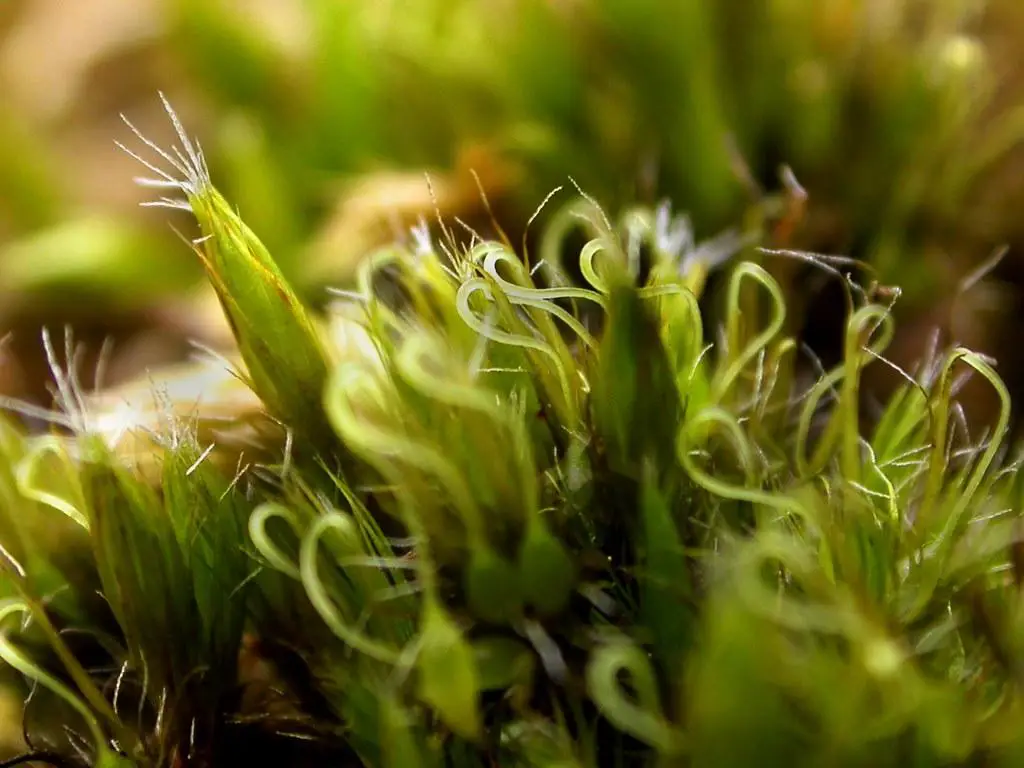
6790423588_5a67a8ae8f_b.jpg from: https://www.flickr.com/photos/41066614@N05/6790423588/
with around 140 species. Campylopus introflexus var. mauritianus
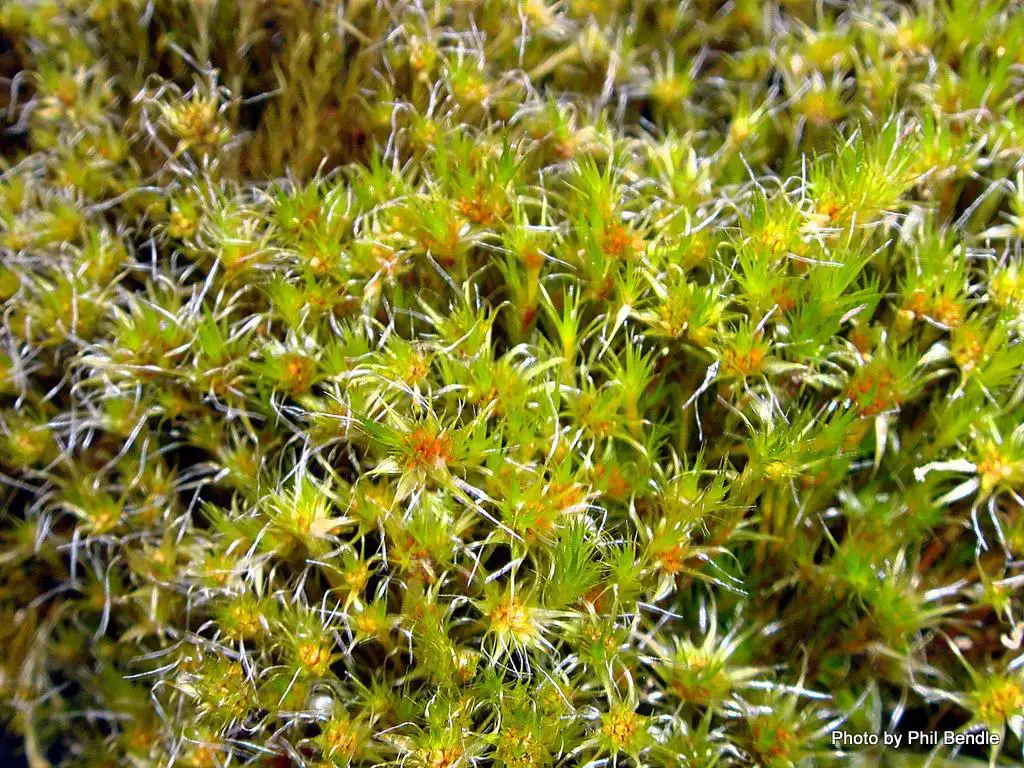
DSC09232.JPG from: https://www.citscihub.nz/Phil_Bendle_Collection:Campylopus_introflexus
is one variety found on the island of Mauritius in the Indian Ocean.
Morphology and Identification
Campylopus introflexus var. mauritianus forms dense tufts or cushions up to 2 cm tall. The phyllids are 3-6 mm long, erect and flexuose (wavy or bent alternately in opposite directions). They have a broad, sheathing base and a narrow, tubular upper lamina. The leaf margins are entire (smooth).
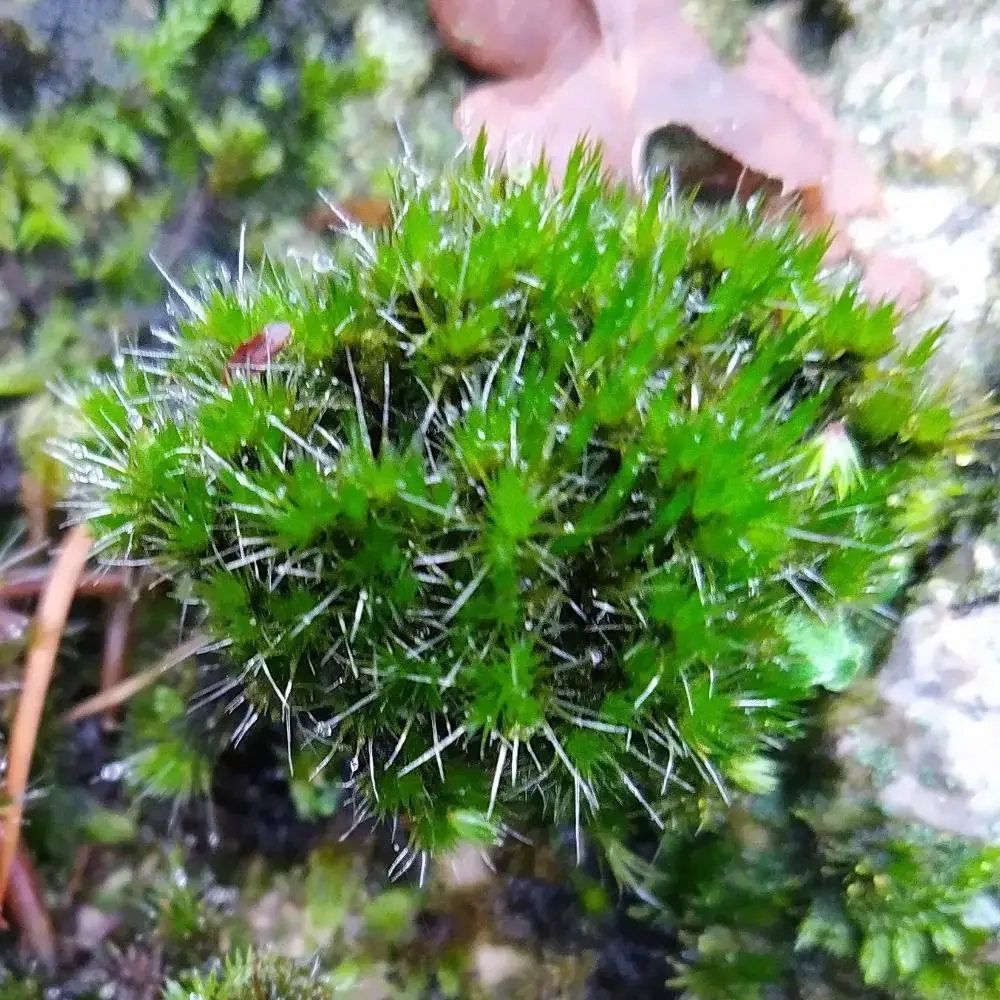
45202880.jpg from: https://waarneming.nl/waarneming/view/230186622?_popup=1
A key identifying feature is that the upper lamina is strongly infolded or tubular. The leaf tips are hair-pointed. Capsules are common, held on a tall seta (stalk), and are slightly curved and furrowed when dry.
Global Distribution and Habitat
C. introflexus var. mauritianus is endemic to the island of Mauritius. It grows on exposed, acidic volcanic soils and rock outcrops in the island’s subtropical forests. The species is found at elevations from 500-900 meters above sea level in areas with high humidity and rainfall.
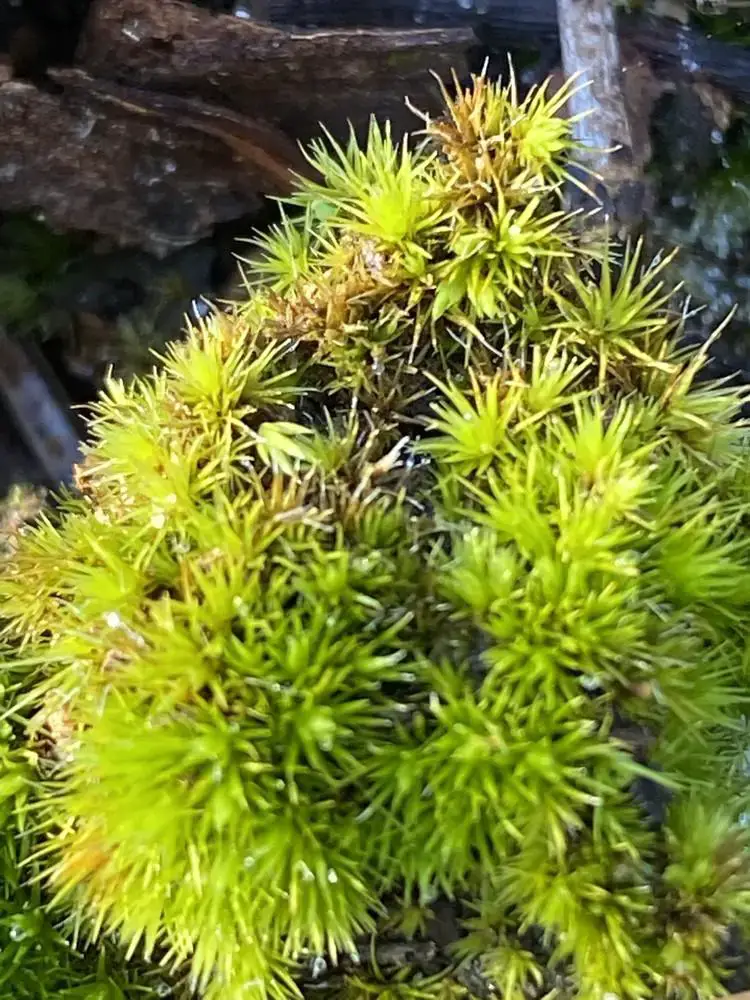
33574693.jpg from: https://waarneming.nl/waarneming/view/207956530?_popup=1
Mauritius is a biodiversity hotspot with many unique and threatened plant and animal species. Over 100 of the island’s 691 native flowering plant species are endemic. The island’s moss flora is still being studied but likely also harbors many endemic species.
Ecological Roles and Adaptations
As a pioneer species, Campylopus mosses play an important role in the early stages of soil formation and plant succession on rock surfaces. The dense cushions trap dust, organic matter, and moisture, slowly transforming bare rock into soil that can support larger plants.
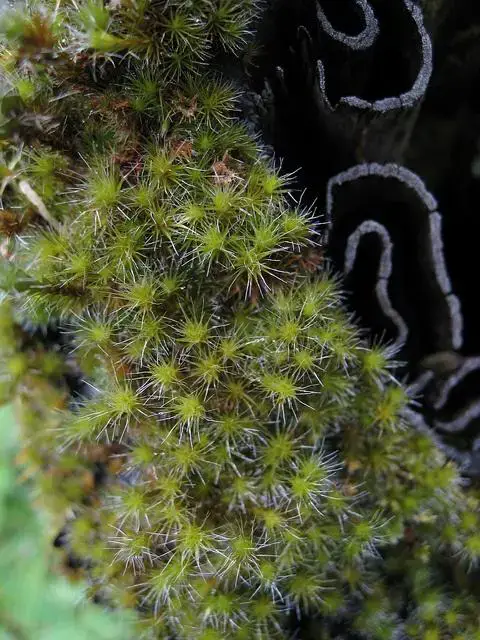
4e45f7c8966f2184da96527d3d95e67d.jpg from: https://www.pinterest.com/pin/campylopus-introflexus-on-a-treefern-stump–50032245830323348/
The tubular leaf shape is an adaptation that helps the moss conserve moisture in its harsh habitat. The hair-pointed leaf tips may aid in water absorption from dew and mist. The moss is well-adapted to the acidic volcanic soils and can tolerate periods of desiccation.
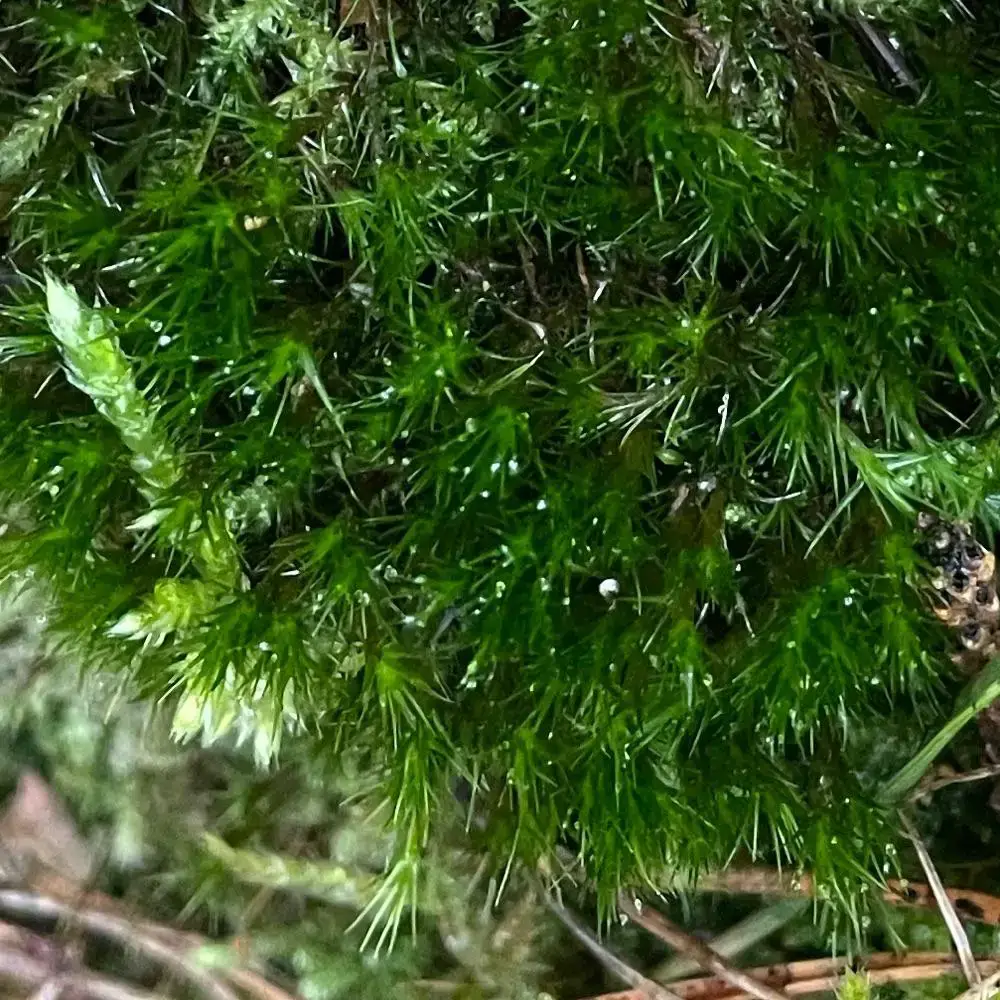
46186010.jpg from: https://observation.org/photos/46186010/
Campylopus
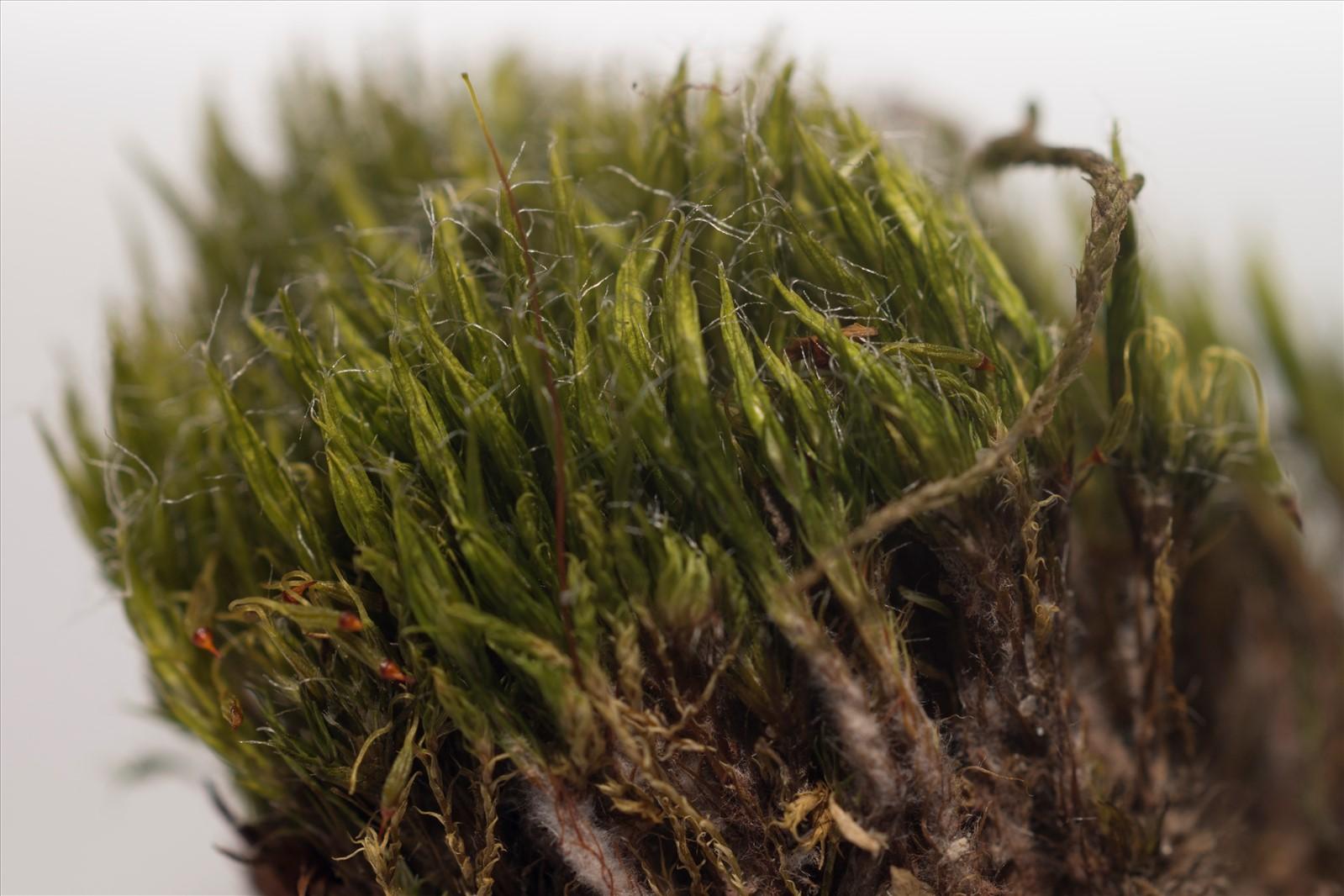
DSC07892_1600.jpg from: https://www.preservons-la-nature.fr/flore/taxref/54173.html
mosses also provide habitat for various micro-organisms and invertebrates. Many insects, mites, springtails, and other tiny creatures live among the protective tufts. Birds and small mammals may use the moss for nesting material.
Conclusion
Campylopus introflexus var. mauritianus
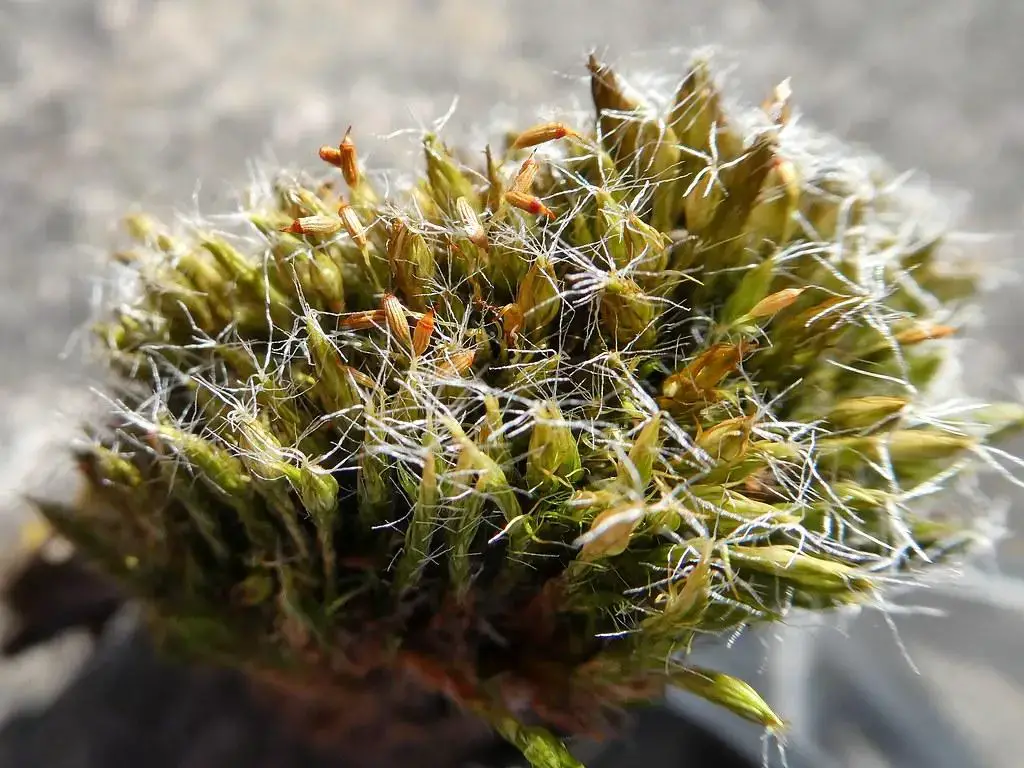
49819845908_30d31e8ffe_b.jpg from: https://www.flickr.com/photos/21657471@N04/49819845908/
is a small but fascinating moss with a big story to tell. Endemic to the island of Mauritius, this tiny plant plays an outsized role in the island’s ecology. From colonizing bare rock to providing habitat for invertebrates, Campylopus moss is a true pioneer.
Next time you see a patch of moss, take a closer look – you may be gazing at a miniature world teeming with life! What other secrets do you think mosses hold?